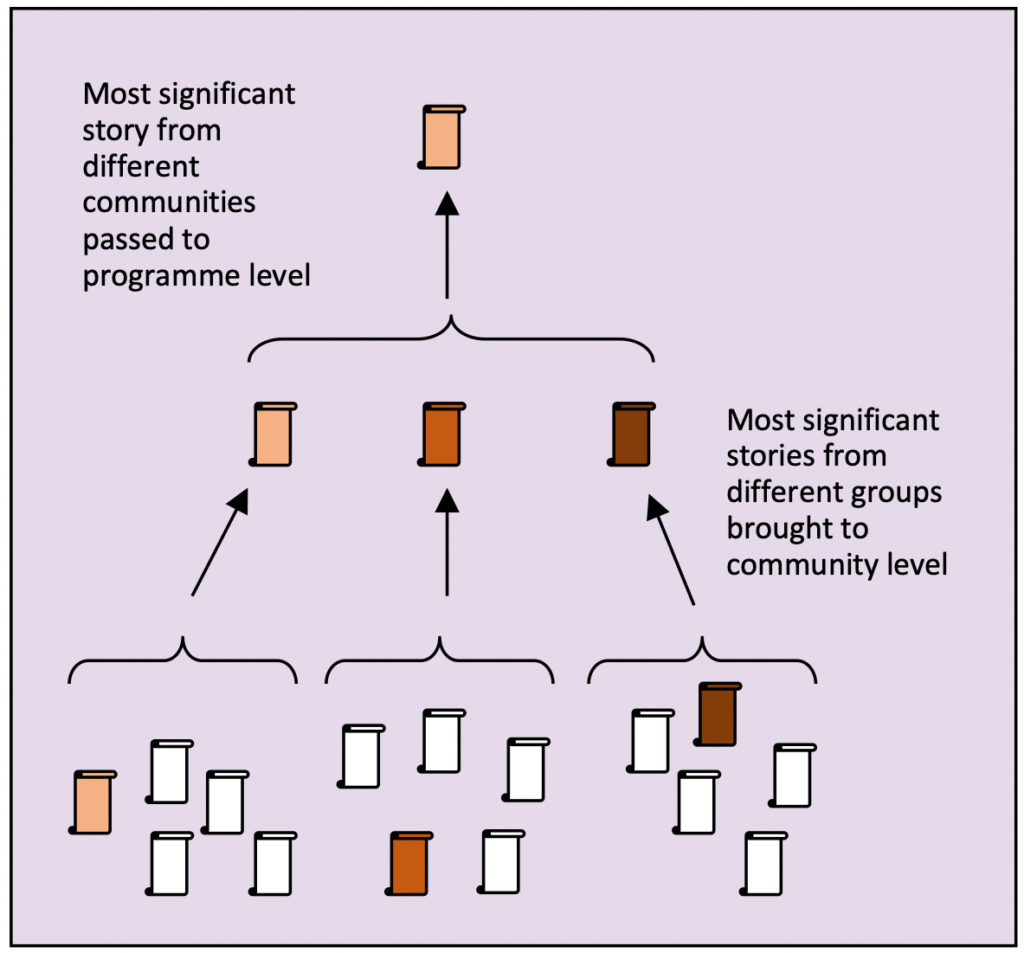Part 2 in a multi-part series about analytical methods used in evaluations. All of the methods featured in this series appear in The Magenta Book Annex A.
We were recently inspired by The Magenta Book, the U.K. government’s comprehensive “guidance on what to consider when designing an evaluation”, to feature a series of analytical methods and how they work best in an evaluation. Most Significant Change (MSC), our second featured method, is about storytelling.
MSC, developed by Rick Davies in the 1990s, involves collecting stories of change emanating from an intervention to determine impact.
Although MSC can be quite labor-intensive, Khulisa has frequently used a streamlined version of the method to gather respondents’ perceptions of program impact. In two evaluations – one of a reproductive and sexual health program and another of a life skills program – respondents cited a range of impactful changes that they directly attributed to the program. These MSC results helped in understanding the activities and inputs needed to create the desired change outcomes for each program.

An illustration of the MSC method courtesy of INTRAC. According to INTRAC: “MSC can be used in projects and programmes where it is not possible to precisely predict desired changes beforehand, and is therefore difficult to set pre-defined indicators of change.”
For a description of the original MSC intervention conducted by Rick Davies, along with further reading and resources on MSC, see this article on BetterEvaluation.org.
Next week’s #EvalTuesdayTip will focus on another analytical method, Difference in Difference.